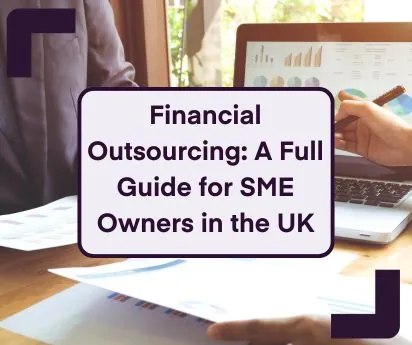
Six solutions for small businesses with cash flow problems
1 Aug 2014How to deal with cashflow problems
One of the key challenges facing any growing business is balancing growth against profitability, in short cashflow problems. Whilst profitability and cash flow are two fundamentally different things, the practical constraint to growth is nearly always cash, and this is particularly true for small businesses which are often funded personally by their founders.
If you do find yourself facing a significant cash flow crisis, all is not lost. Here are our six practical tips for getting through the tough times:
Collect your trade debtors more aggressively
Nearly all businesses are owed money by their customers, and the reality is that many customers don’t pay up when they should. It is pretty easy to ignore a paper invoice, so it’s worth calling your trade debtors personally and trying to collect payment on the phone using a service like Sagepay or sending an electronic invoice which allows immediate settlement by Paypal.
Delay your trade creditors
Postponing paying your bills will free up working capital significantly and you might find that your suppliers are open to receiving payments a little later than expected. If you rent your business premises, asking your landlord to switch from quarterly to monthly rent is another possibility which will free up a month and half’s rent on average.
Ask for more time to pay your VAT bill
For a business of any size, paying the quarterly VAT bill makes a big dent in a company’s cash balance. As long as you have a reasonable record of paying your VAT bills on time, HMRC are often amenable to a request for more time to pay. If you call them and get this agreed in advance, then you also avoid a default and surcharge.
Get a bank overdraft
Banks are not always known for their flexibility or speed, but if your overdraft requirement is modest and your account has been well run, a friendly bank manager might agree to a temporary facility to help you in the short term.
Get a loan from friends and family
When banks don’t come up trumps, this is often the only option available to small businesses. Offering to pay interest and documenting the loan properly is good way of demonstrating it is being treated as an investment rather than a gift.
Set up a factoring or invoice discounting arrangement
Both of these methods involve selling your outstanding invoices to a third party in return for immediately payment. Debt factoring usually involves asking a third party to manage your sales ledger, which means that your customers will know you’re using invoice finance. Invoice discounting however involves lending against your unpaid invoices and as your customers pay up, you repay the lender. Invoice discounting can be arranged confidentially without your customers needing to find out.
There’s no shame in running a bit low on cash, often customers don’t pay as promptly as they should and marketing campaigns cost a lot to initiate and take time to work. What’s most important though is to have a good model for forecasting your cash flow, and it is suprising how many accounting firms don't seem to help their small business clients with this.
So if you need an accountant who can help you model your cashflow problems, guide you through the tough times and plan for growth, why not give us a call.






















